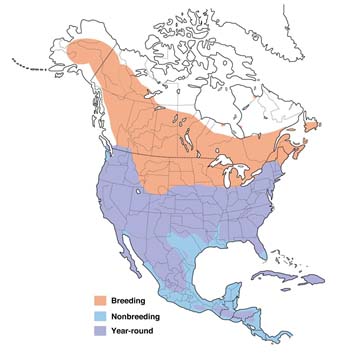The Edgerton Explorit Center is offering this rare and unique opportunity to view Birds of Prey through a true educational experience. Our informative session includes viewing live raptors which include a Bald Eagle, Screech Owl, American Kestrel and a Swanson’s Hawk. This program includes the fun and fascinating facts of these amazing creatures by promoting the identification of raptors, their natural habitat and habits associated with their surroundings. Hands on Labs available in conjunction with the program.
Topics that would be covered:
What is a raptor?
Learn about what raptors we have locally
Raptors that migrate to and from our area
Habitat and conservation of the raptor world
How far can raptors see?
What and when raptors eat
What does one do when they find an injured raptor?
The important role raptors play as natural working environmental control measures
Hands On Raptor Labs
Owl Pellet Dissection (3rd and up)
What are owl pellets? They are the regurgitated remains of an owl’s meal, including all the bones of the animals it ate (usually small rodents). Owls usually swallow their food whole, digest the edible parts, and then expel the indigestible parts through their mouth as a pellet. It might sound gross, but dissecting these is a project most kids love!
Owl Eyesight Lab (1st – 3rd)
Did you know that owls have unique eyes? They have something called binocular vision. No wonder they have to turn their heads almost completely around to see the world around them. This unique owl eyesight keeps them from seeing well from side to side. In this lab, students make an owl mask and use it so they can see and understand how binocular vision works.
* For cost refer to general demonstration and lab pricing
Adopt a Raptor
Learn more about how to symbolically adopt our raptors to help provide for their needs.
Meet Our Raptors
Aquila – Bald Eagle
Aquila was found near Petersburg on December 14th of 2022 with a broken wing near his wrist where the bones were exposed and dry. That meant the tip of the wing was amputated. With that type of injury Aquila was not able to return to the wild. At the time of his rescue he was four years old due to the coloring of his feathers on his head and tail.
The Bald Eagle dwarfs most other raptors, including the Turkey Vulture and Red-tailed Hawk. It has a heavy body, large head, and long, hooked bill. In flight, a Bald Eagle holds its broad wings flat like a board. Adult Bald Eagles have white heads and tails with dark brown bodies and wings. Their legs and bills are bright yellow. Immature birds have mostly dark heads and tails; their brown wings and bodies are mottled with white in varying amounts. Young birds attain adult plumage in about five years. Their nests can be 8-9 feet across and weigh over a ton. Bald Eagles scavenge many meals by harassing other birds or by eating carrion or garbage. They eat mainly fish, but also hunt mammals, gulls, and waterfowl. Look for Bald Eagles near lakes, reservoirs, rivers, marshes, and coasts.
Aquila was named by Hamilton Telecommunications. This name was chosen because of its significance to both eagles and the Edgerton Explorit Center’s other science programming which includes a portable planetarium and star shows. Aquila is the name of the constellation, Aquila – the Eagle.
Aquila was named by Hamilton Telecommunications.
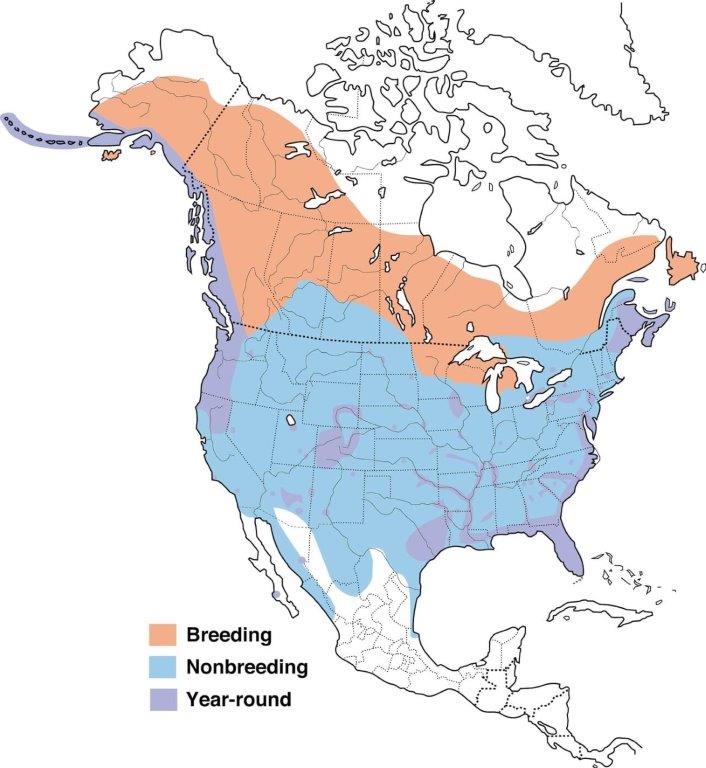

Roy – Swainson’s Hawk
Roy was found by Lake Minatar, by Scottsbluff on August of 2018. He was very thin, possibly suffering from West Nile Virus and he had a broken left wing. They eat mice and rabbit but when migrating they will switch to grasshoppers and dragonflies. They are social raptors outside of breeding season. In the fall they migrate to Argentina for the winter (one of the longest migrations of any American Raptor, around 12,000 miles round trip).
Roy was named by Pinnacle Bank.

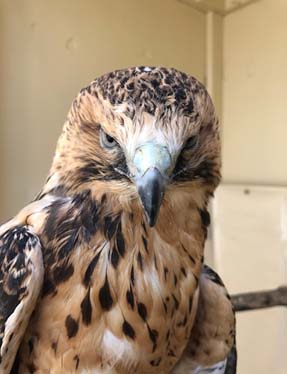
Doc – Eastern Screech Owl
He was found in Bellevue NE in Dec 2018. He had a broken Left wing that didn’t heal well and was unable to be released in the wild. They are a resident of our area and do not migrate. They live in tree cavities or nest boxes. They are active during the night and hunt at dusk or dawn. Their calls sound like a trills and whinnies. They eat small animals, birds and insects. Males are smaller than the Females and they will remain together for life. Owls regurgitate the bones and fur or feathers of their prey into an oval pellet.
Doc is named after Harrold “Doc” Edgerton who is the centers name sake.
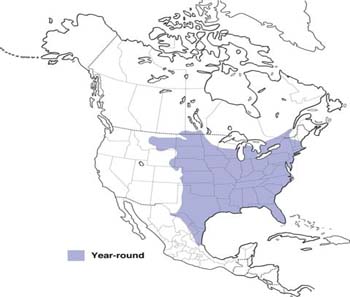
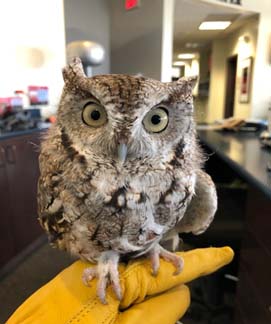
American Kestrel – Ted
He was found as a youngster in a tree that had fallen with a broken wing, which did not heal properly. They are North Americas littlest falcon and the most colorful. The black vertical stripes on their face are distinctive for all falcons. They eat small rodents along with grasshoppers, cicadas, dragonflies, spiders. They nest in cavities and ready made nest boxes. They are the most common and wide spread falcon but over the years they have been in decline because of habitat loss. They also can end up as prey for other larger birds. They can see in ultraviolet light and fly in a very fast stoop to chase their prey.
Ted was named by Edward Jones.
